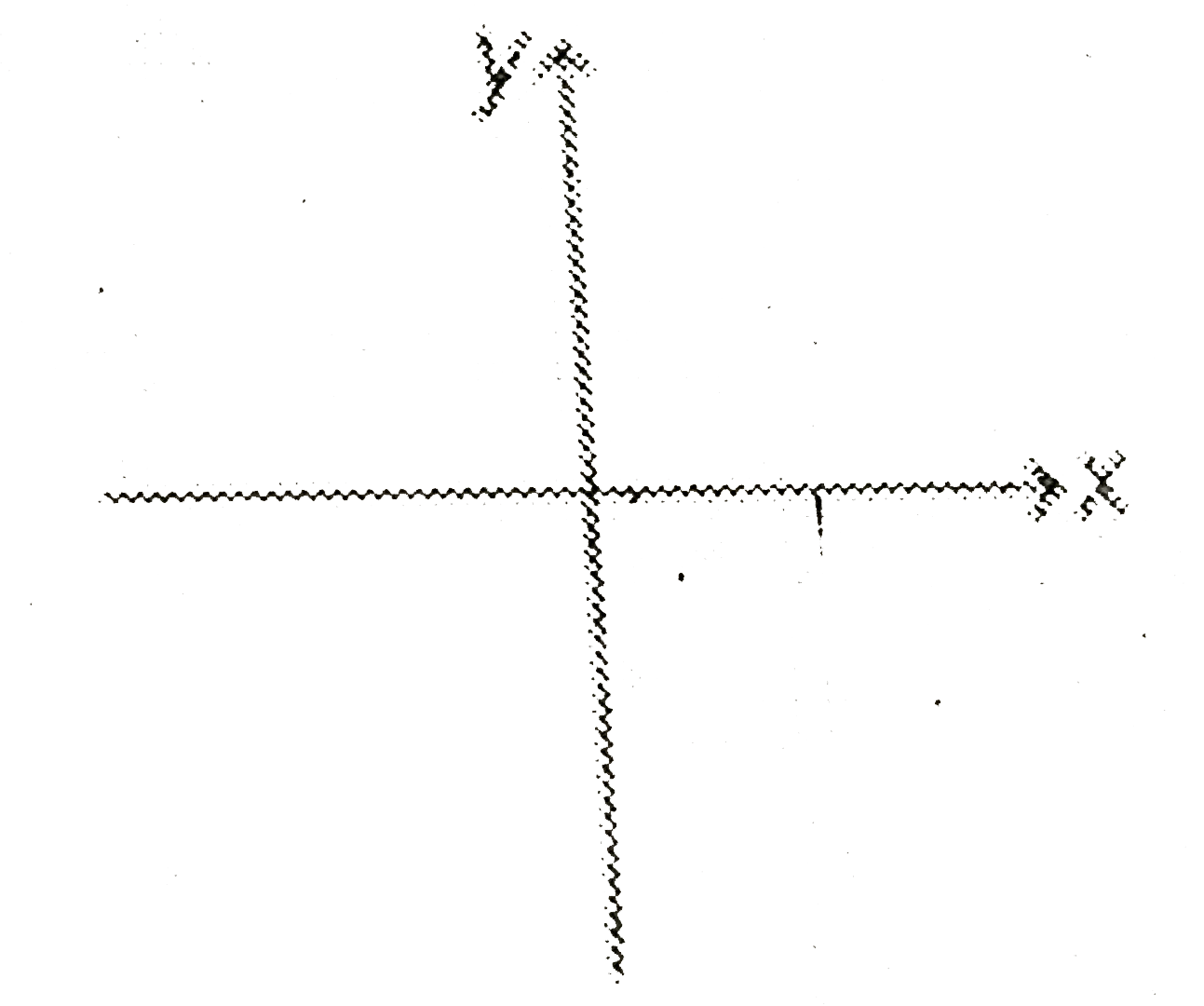A xandy co-ordinates of a particle are x=Asin(ωt)andy=Asin(ωt+π/2). Then, the motion of the particle is

circular anticlockwise
circular clockwise
elliptical clockwise
rectilinear
The correct Answer is:B
Step by step video & image solution for A x and y co-ordinates of a particle are x=A sin (omega t) and y = A sin(omegat + pi//2). Then, the motion of the particle is by Physics experts to help you in doubts & scoring excellent marks in Class 11 exams.
Updated on:21/07/2023Topper's Solved these Questions
- CIRCULAR MOTIONBOOK - DC PANDEY ENGLISHCHAPTER - CIRCULAR MOTIONEXERCISE - JEE Advanced
24 Videos
- CIRCULAR MOTIONBOOK - DC PANDEY ENGLISHCHAPTER - CIRCULAR MOTIONEXERCISE - More than One Option is Correct
13 Videos
- CIRCULAR MOTIONBOOK - DC PANDEY ENGLISHCHAPTER - CIRCULAR MOTIONEXERCISE - Subjective Questions
2 Videos
- CENTRE OF MASS, LINEAR MOMENTUM AND COLLISIONBOOK - DC PANDEY ENGLISHCHAPTER - CENTRE OF MASS, LINEAR MOMENTUM AND COLLISIONEXERCISE - Level 2 Subjective
21 Videos
- COMMUNICATION SYSTEMBOOK - DC PANDEY ENGLISHCHAPTER - COMMUNICATION SYSTEMEXERCISE - Only One Option is Correct
27 Videos
Similar Questions
Knowledge Check
If x=5t+3t2 and y=4t are the x and y co-ordinates of a particle at any time t second where x and y are in metre, then the acceleration of the particle
Ais zero throughout its motionBis a constant throughout its motionCdepends only on its y componentDvaries along both x and y direction
The co-ordinate of the particle in x-y plane are given as x=2+2t+4t2 and y=4t+8t2 :-
The motion of the particle is :-
View SolutionThe x and y co-ordinates of a particle at any time t are given as x=2t2+14 and y=1.5t−7. The acceleration of particle at t=7sec is :
View SolutionA particle is subjected to two mutually perpendicular simple harmonic motions such that its X and y coordinates are given by X=2sinωt , y=2sin(ω+π4)
The path of the particle will be:
View SolutionThe motion of a particle is given by x=Asinωt+Bcosωt. The motion of the particle is
View SolutionThe displacement of a particle along the x- axis it given by x=asin2ωt The motion of the particle corresponds to
View SolutionThe displacement of a particle along the x-axis is given by x=asin2ωt. The motion of the particle corresponds to
View SolutionThe displacement of a particle is represented by the equation y=3cos(π4−2ωt).
The motion of the particle is
View Solution